Cabinet Mission, Plan Balkan, Mountbatten Plan & Indian Independence Act of 1947
Cabinet Mission (1946)
- On 15 March, 1946 Lord Atlee (PM of England) made a historic announcement in which the right to self-determination and the framing of a Constitution for India were conceded.
- Consequently, 3 members of the British Cabinet – Pattrick Lawrence, Sir Stafford Cripps and A V Alexander – were sent to India, known as the Cabinet Mission.
- Main features of Cabinet Mission were –
- Provisions for three groups of provinces to possess their separate constitutions.
- Proposed the formation of a Union of India, comprising both the British India and the Princely States.
- Union would remain in charge of only Foreign Affairs, Defence and communications leaving the residuary powers to be vested in the provinces.
- Proposed setting up an Interim Government, which would remain in office till a new government was elected on the basis of the new Constitution framed by the Constituent Assembly
- Rejection of the demand for a full-fledged Pakistan
- Both the Muslim League and the Congress accepted the plan
- Consequently, elections were held in July 1946 for the formation of a Constituent Assembly.
- Congress secured 205 out of 214 General seats.
- The Muslim League got 73 out of 78 Muslim seats.
- An Interim Government was formed under the leadership of Jawaharlal Nehru on 2 September 1946.
Plan Balkan
- Between March and May of 1947, Mountbatten decided that the Cabinet Mission Plan had become untenable and formulated an alternative plan.
- This plan envisaged the transfer of power to separate provinces (or to a confederation, if formed before the transfer)
- Punjab and Bengal were given the option to vote for partition of their provinces.
- The various units thus formed along with the princely states (rendered independent by lapse of paramountcy) would have the option of joining India or Pakistan or remaining separate.
- The plan was quickly abandoned after Nehru reacted violently to it.
Mountbatten Plan (1947)
- On 20 February l947, Prime Minister Atlee announced in the House of Commons the definite intention.
- To affect the transference of that power Atlee decided to send Lord Mountbatten as Viceroy to India.
- Lord Mountbatten armed with vast powers became India’s Viceroy on 24 March 1947.
- Partition of India and the creation of Pakistan appeared inevitable to him.
- After extensive consultation Lord Mountbatten put forth the plan of partition of India on 3 June 1947.
- The Congress and the Muslim League ultimately approved the Mountbatten Plan.
Indian Independence Act 1947
British Government accorded formal approval to the Mountbatten Plan by enacting the Indian Independence Act on 18 July 1947. The salient features of this Act were –
- Partition of the country into India and Pakistan would come into effect from 15 August 1947.
- British Government would transfer all powers to these two Dominions.
- A Boundary Commission would demarcate the boundaries of the provinces of the Punjab and Bengal.
- Act provided for the transfer of power to the Constituent Assemblies of the two Dominions, which will have full authority to frame their respective Constitutions.
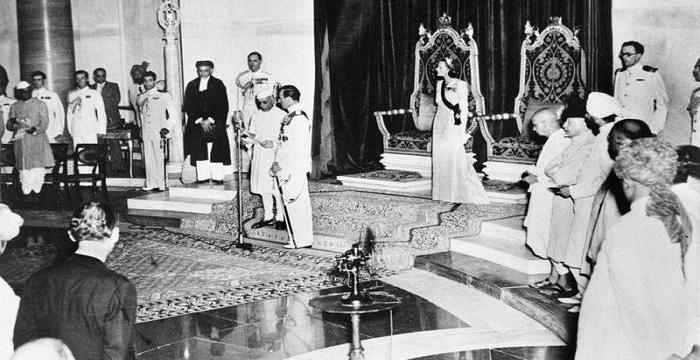
- Radcliff Boundary Commission drew the boundary line separating India and Pakistan.
- On 15th August 1947 India, and on the 14th August Pakistan came into existence as two independent states.
- Lord Mountbatten was made the first Governor General of Independent India, whereas Mohammad Ali Jinnah became the first Governor General of Pakistan.
British Policy in India
| 1608-1764 | Struggle for equality with other European powers & local princes |
| 1764-1818 | Emergence of dominant major power – Subsidiary alliance – Ring fence or buffer state policy |
| 1818-1857 | Policy of annexation & usurpation of Indian states |
| 1857-1935 | Policy of subordinate Union – To punish n depose but not annex |
| 1935-1947 | Policy of federation |
For more updates, explore the Ancient India History. Feel free to share your thoughts and comments.
If you’re passionate about building a successful blogging website, check out this helpful guide at Coding Tag – How to Start a Successful Blog. It offers practical steps and expert tips to kickstart your blogging journey!

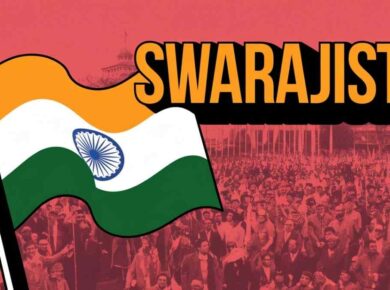

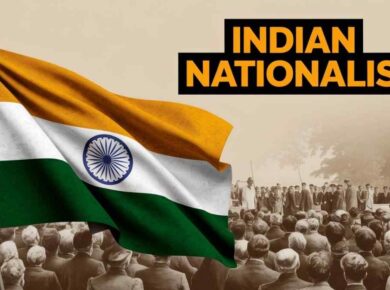
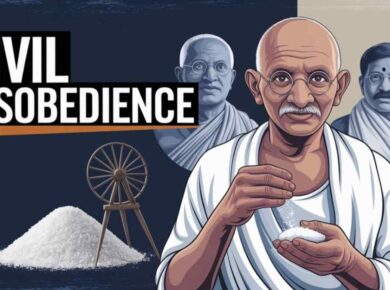
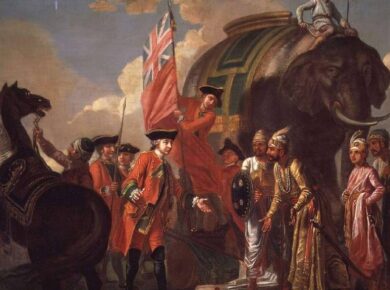

1 comment
thankyou very much to share the knowledge.